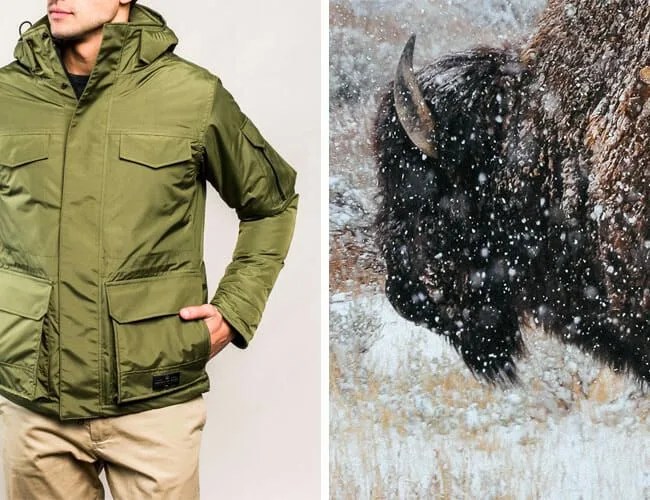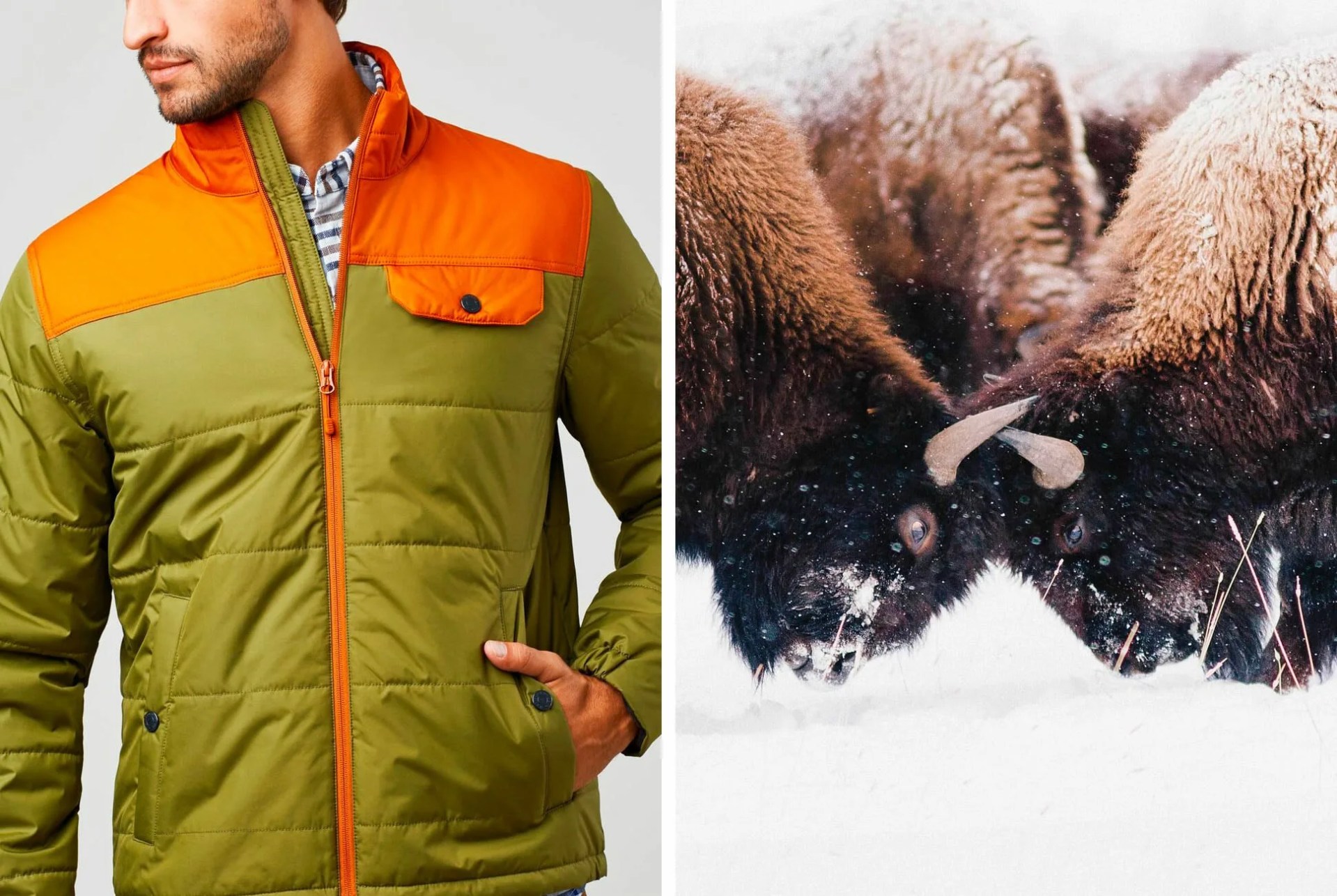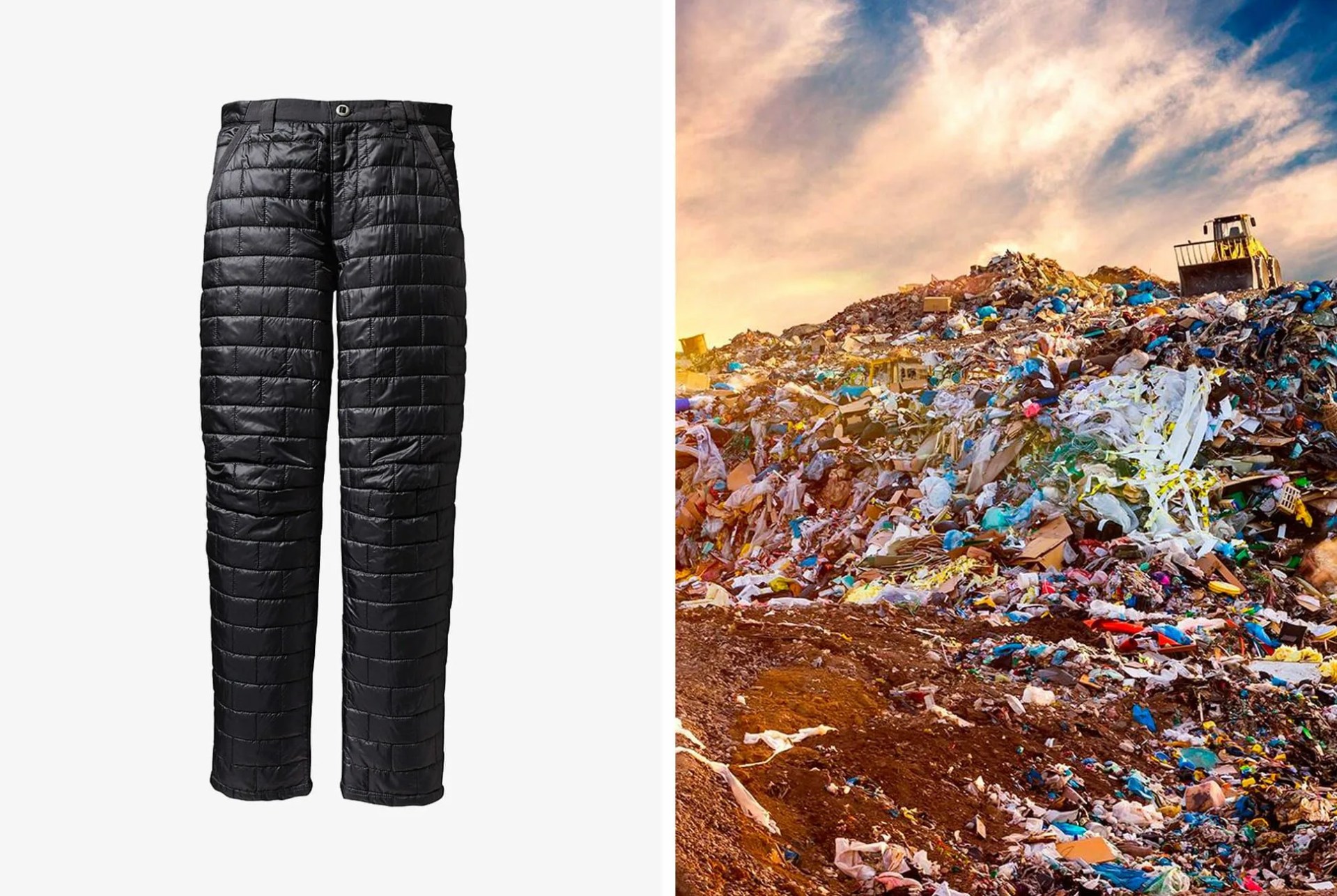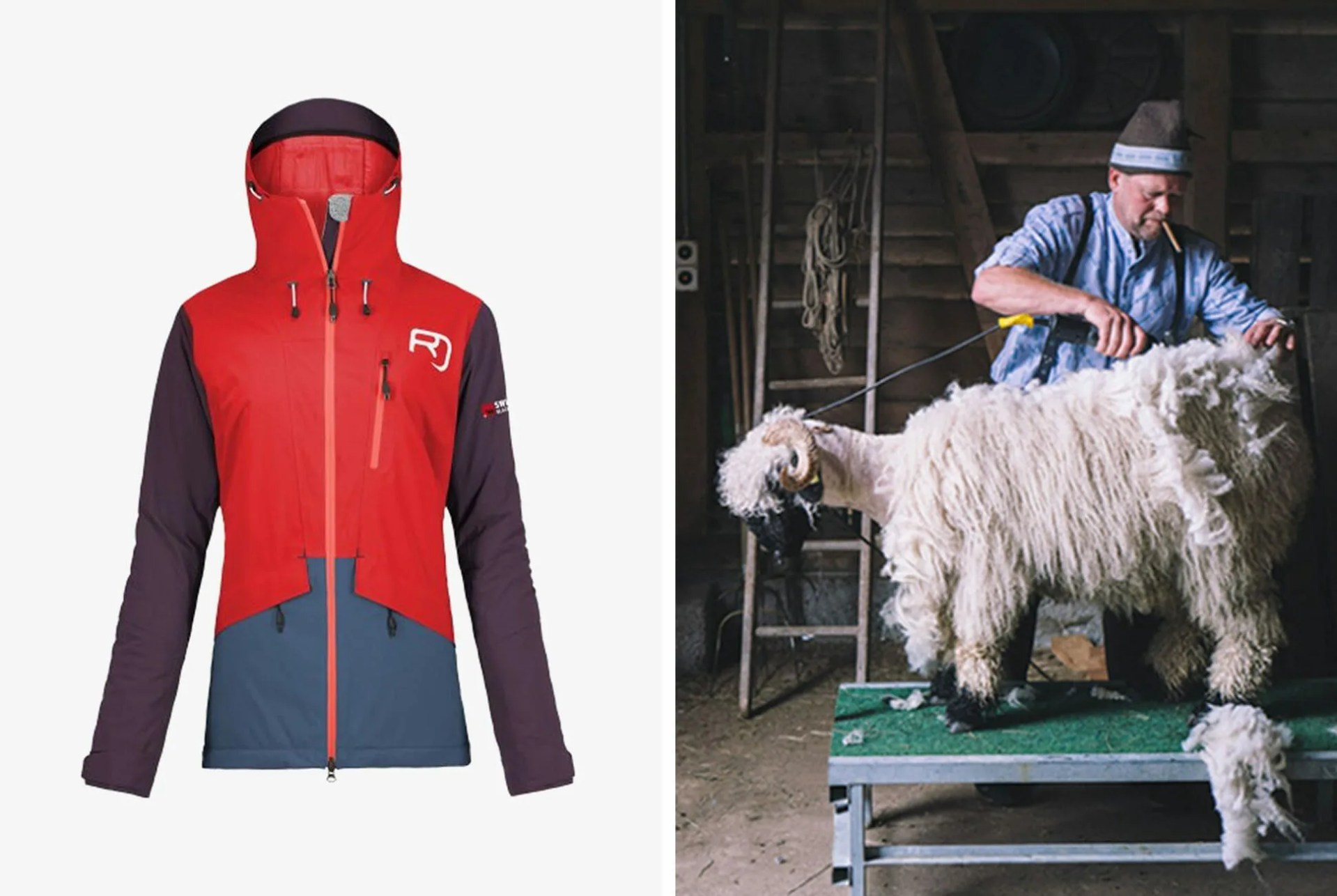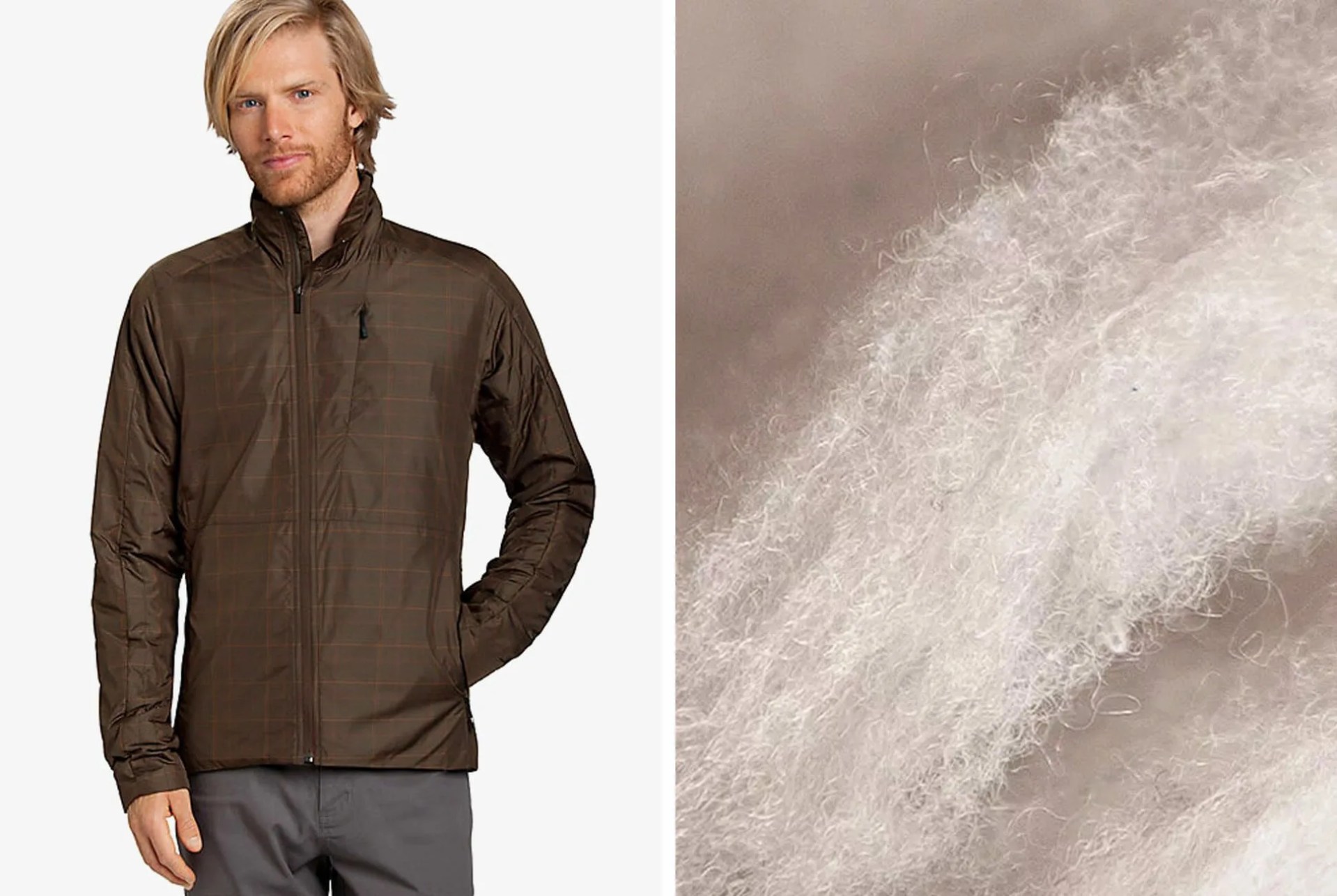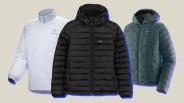You finally swapped out your winter clothes from your summer/fall clothes and pulled out your long lost ski jacket. After you look it over, you quickly realize it’s seen better days and that it’s for an upgrade. There are tons of jackets to choose from, but there’s an aspect that you’re likely overlooking: what do you want your jacket to be made of? This is a question that consumers need to answer now, either in person or online when they go shopping for a new winter jacket. For years, all you had to do was decide if you wanted a synthetic jacket or a down jacket, but now there are tons of other options, and many more decisions to make.
A handful of brands are now offering alternative insulation materials that range from sustainable to strange, and oftentimes offer different pros and cons than standard down and synthetic insulations. To help aid in your purchasing decision, we pulled together everything we know about the new fluff.
Llama Insulation
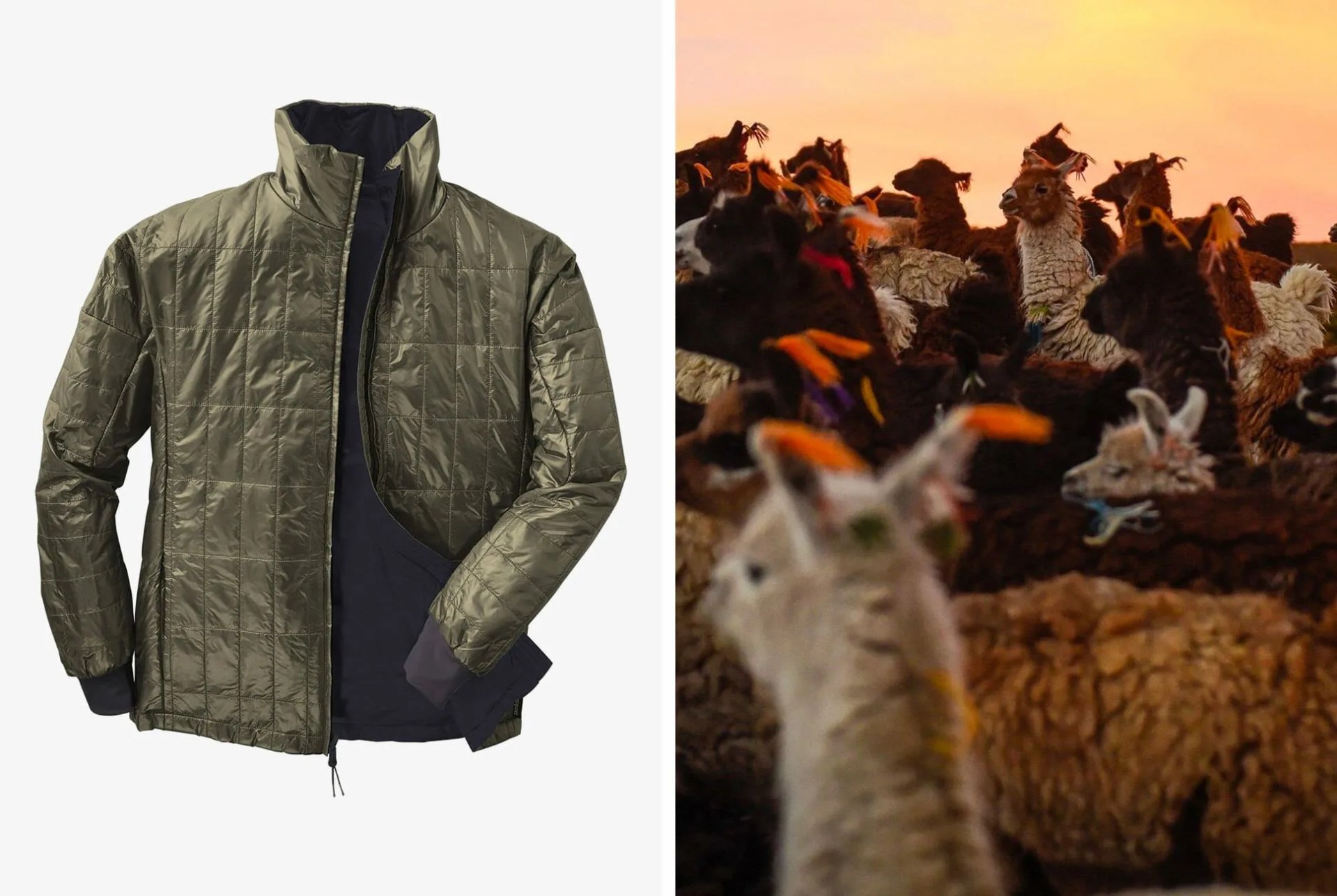
Cotopaxi is a brand that’s focused on doing good, so it’s logical that it would produce environmentally-friendly insulation. Its version is called Alti Insulation, and it’s made of llama wool. The material functions well as an insulator and offers many of the same traits that merino wool does. Cotopaxi sources wool from llamas farmed in the high plains of the Bolivian Andes — much the same way many brands source merino wool from sheep that live in the high elevations in New Zealand. It also helps that llama insulation is hypoallergenic, durable and maintains warmth when wet. It’s a 50-50 blend that separates coarse llama hair from fine hair, similar to de-hairing cashmere. You can see the final product in the Kusa Collection as jackets and blankets.
